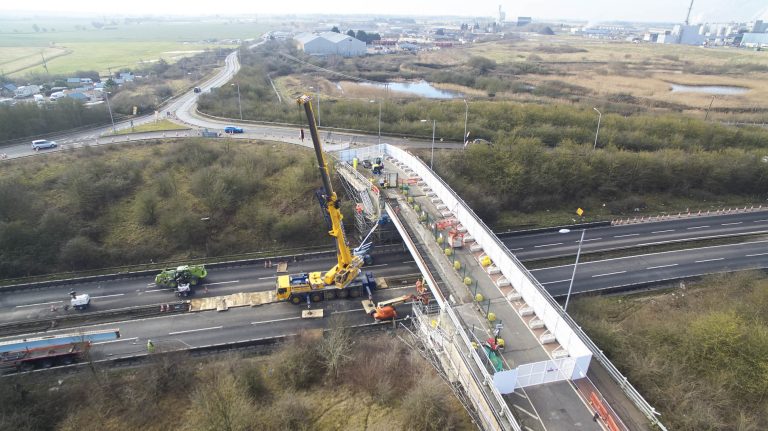Making plans for a building facility There are different processes for a building project. These range from materials and logistics, to automobiles. Bosch quality offers some of the best spare parts for your construction vehicles to keep them performing optimally. No two buildings are exactly the same. However, there are compulsory key steps which can be applied to all construction work. The assignment might be difficult and complicated or basic and easy. Furthermore, it can be new, a renovation, or, perhaps, a modification. A seaside holiday house or a multi-storey building all follow these simple guidelines. General rules for building construction The magnitude and design determines how long the work will last. These simple principles guarantee you make right decisions: Put all your ideas together. In this sense, every possible item, process, and cost should be taking into account. Solicit the advice of expert builders to determine how realistic the entire assignment is. Two factors that will immensely affect the project is the land site and the location of the building. The location of the sun, wind direction, electricity, water supply, land boundaries, neighbours, driveways, footpath, hills, trees, and so forth, are very crucial and should be discussed early on. Rural constructions cost due to lack of water, electricity, gas, or even good roads. State clearly what you want. Nothing will cost more time, energy, and resources than errors in the plan. The designer should be made aware of what should be done and the amount allocated for it. These should be a clearly stated agreement. Look carefully at the design and make changes to suit your purpose before work commences. Prior to giving the plan for approval, ascertain if everything you want is in order. If you need to modify your plan after approval, it will cost more time and money. Sought experts familiar in the field. You can preside over the construction of the house or assign it to another. Whichever you prefer, the ultimate responsibility rests on you because you. Affirm the architect in the design and contract documents. He will be the one to organise workers. On the other hand, a quantity surveyor can provide rough estimates of how much the entire undertaking will cost. Compare the estimates of different project managers to make informed decision of the best approach. Write an comprehensive contract. The arrangement should not have ambiquities. Each party should have a clear view of what their role is and the time frame. Whether you provide the contract or it is handled by the building company, go through each detail carefully before signing and giving an approval. Everyone’s obligation should be incorporated. As the work progresses, additional cost might crop up, determine you are not paying more than the stated responsibility on the contract. Engage the service of a lawyer to make the contract legal and binding. Purchase a building insurance. Accidents do happen. Acquire enough insurance to cover the duration of the project. This premium can be obtained from a bank or an insurance company. Some building contractors have a professional insurance which can cover some of the damages during your work. Provide health and safety plans Early on in the project, make provision for health and safety and let the workers be aware of it. A First Aid kit should be in the construction site. You have a duty towards everyone’s safety at least to some extent according to the Health and Safety at Work Act. Assess the master plan and financial requirements. Before applying for the building plan approval, evaluate the master plan and check all costs. It is also the period to make adjustments. If you delay in making modifications, you will have to go through an application process and even pay a fee before you will receive another approval. This will lead to a substantial delay of the work. Determine all the requirements are present in written form before making the application. Stick to specifications. After the design is approved, the construction date has to be fixed and work begins. Some municipalities give a time frame from start to finish. Either the architect, you or someone else needs to observe the progress and send feedback to the council if they so recommend. Keep datelines and conduct inspections to be sure they are met. When the work is completed. Make sure the project is completed according to plan. There are situations whereby the architect or project manager can still make changes to the facility 12 months after completion. The contract, usually, serve as a blue print of what is involved in the whole undertaking. All financial commitments to the building company, council, individuals, and so forth, needs to be paid in full at the end. Discuss with the architect how often maintenance and checks should be carried out in the building. Some items entail constant inspections while others can be done quarterly or even yearly.








